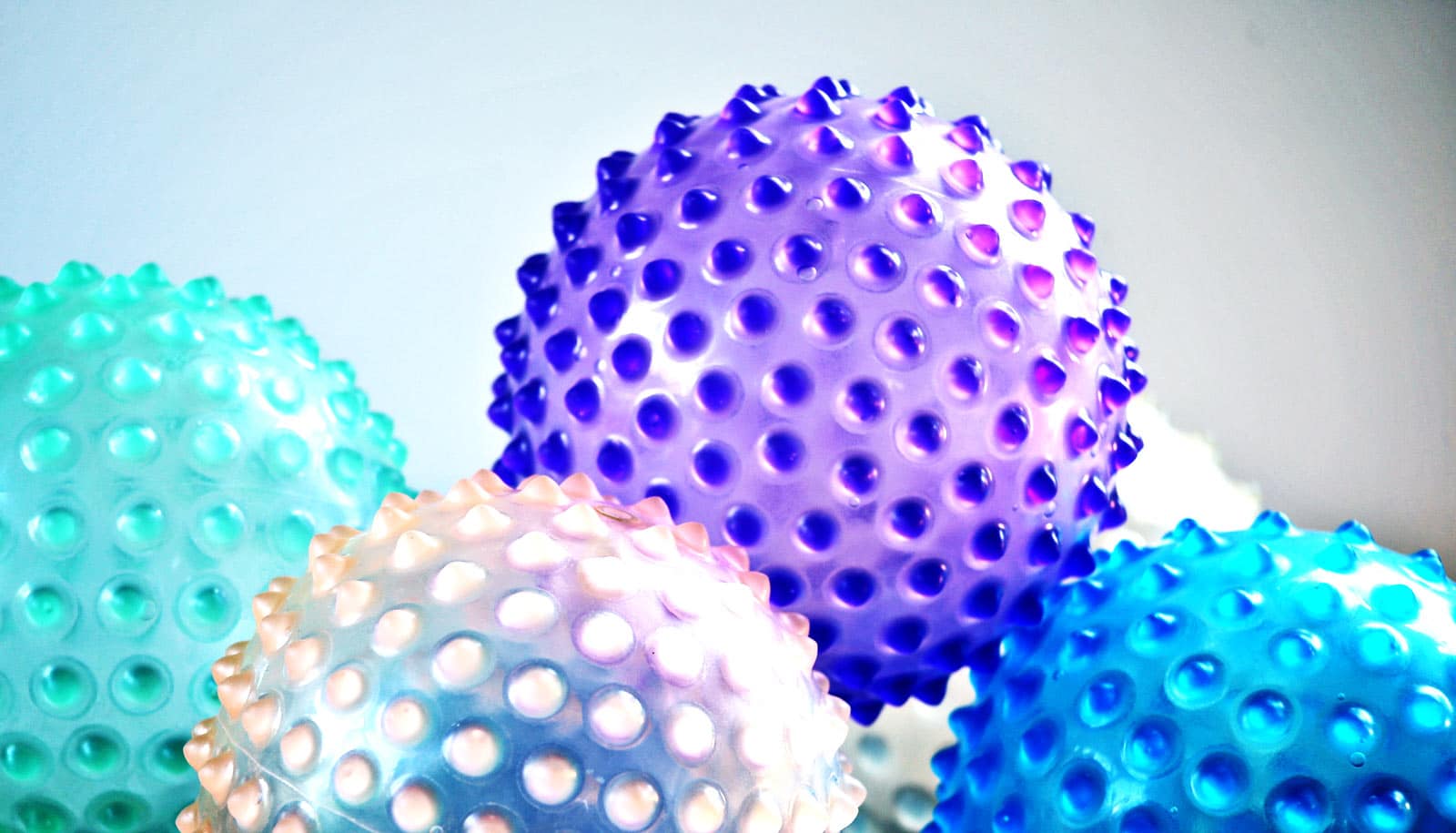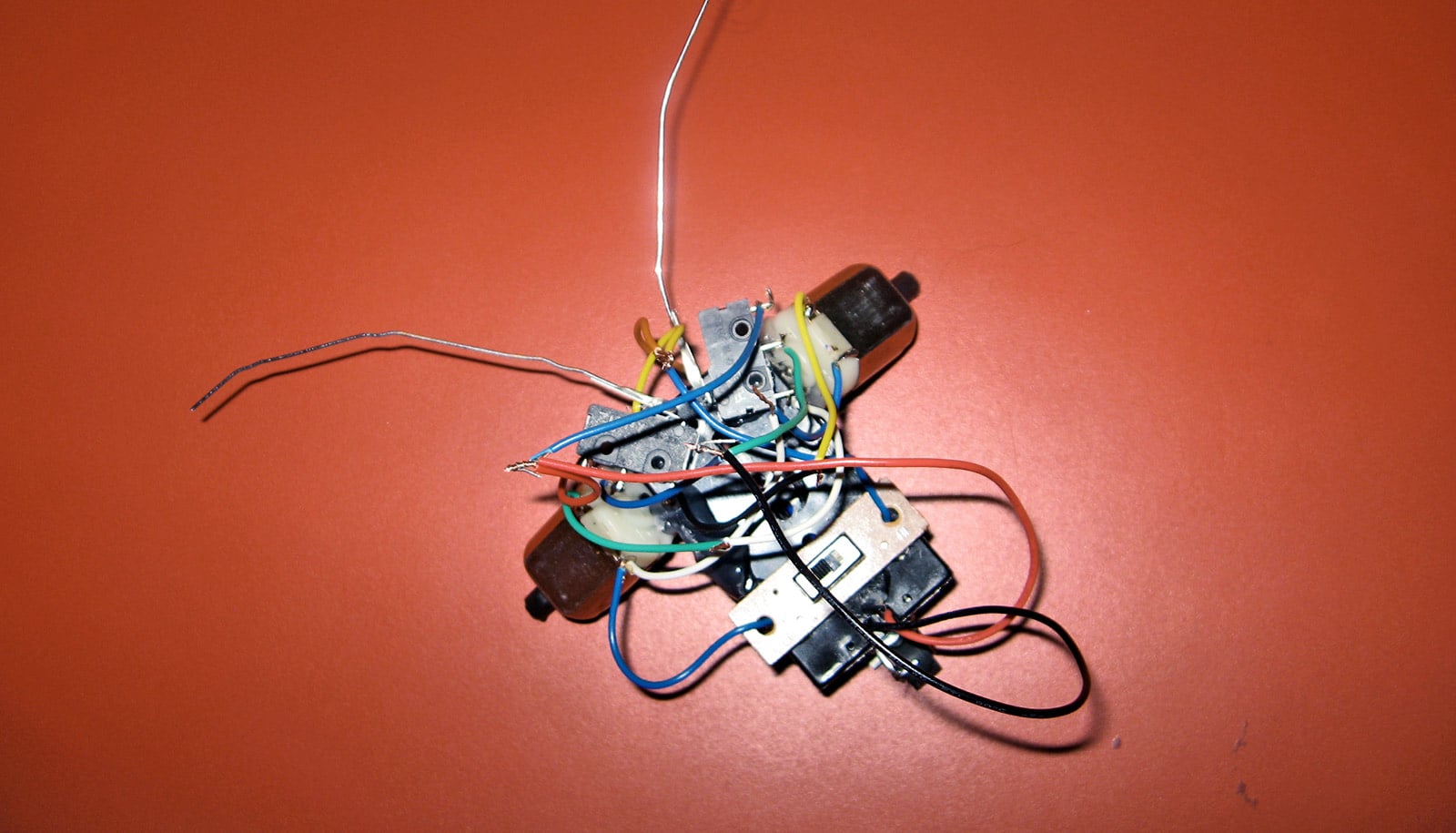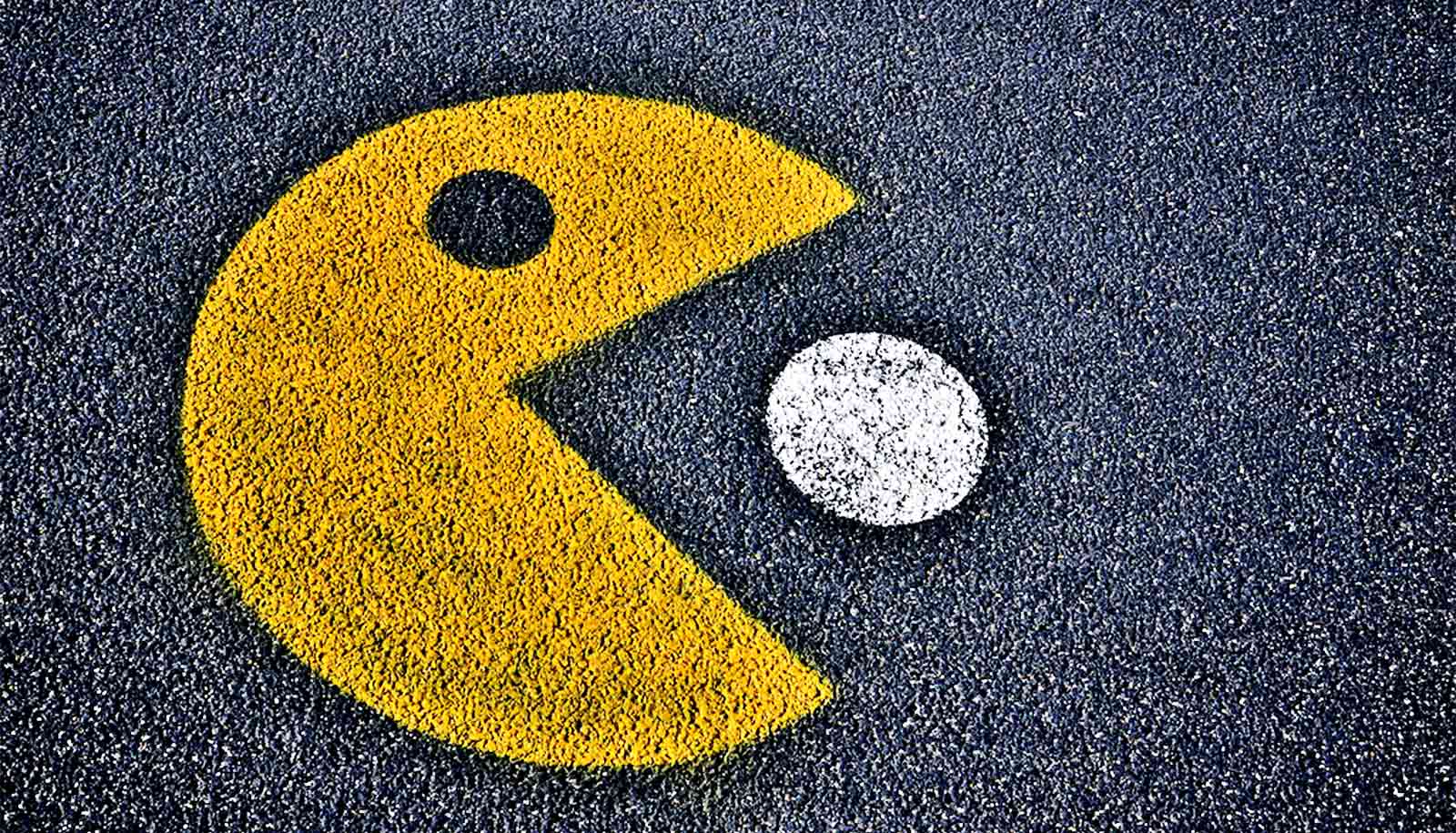A new stress test for microbe exoskeletons separates the tough bacteria from the tender.
By scooping the guts out of bacteria and refilling them with an expansive fluid, scientists can discover whether a microbe is structurally strong or weak, gaining insights that could help fight infectious diseases or aid studies of the beneficial bacterial communities known as microbiomes.
“Today we study a tiny subset of bacteria,” says Bo Wang, assistant professor of bioengineering at Stanford University. “We need new ways to poke and prod these organisms to figure out what makes them tick, as well as novel methods to identify the vast number of species that still remain in the shadows.”
With this in mind, Wang’s lab has developed a clever way to strip out almost everything but the core exoskeleton of a bacterium, leaving behind an empty cell wall that is essential to maintaining the distinctive shape of any bacterial cell. The researchers then filled this shell with an expandable fluid to measure how much internal stress each species of microbe could withstand.
Observing these hollowed-out bacteria under a microscope let them determine which species became bloated by the outward pressure, and which resisted expansion and stayed the same size.
The researchers describe this expansion microscopy technique in a paper in PLOS Biology. KC Huang, a professor of bioengineering and of microbiology and immunology and coauthor of the paper, explains that there is a direct connection between the strength of a cell and how much it will expand under this treatment. The more expandable the cell, the weaker its wall, and vice versa—information critical for efforts to fight bacterial infections.
“A lot of research focuses on ways to get antibiotics through the cell wall so that they can take effect,” Huang says. “Any way to gain insight into a cell’s survival traits and weak points means that we can be more effective at eliminating invaders.”
In the ‘hellish’ microbiome
In addition to fighting disease, the researchers believe their technique will prove equally useful in microbiome research, an emerging field that studies not just a single bacterial species but also how ecosystems of species work together.
There is a diverse collection of species in every microbiome, and their environments can be hellish. Bacteria in the gut are packed tighter than passengers on a rush-hour subway, and in addition to pushing and shoving, they’re periodically doused with acids. Expansion microscopy provides new information on how these bacteria survive under pressure, enabling scientists to separate the tough cells from the tender in a crowd.
“This technique reveals something about the character or personality of bacteria that were previously hidden,” Wang says.
Putting hydrogel into the ‘husk’
Cells within a community are often identified by their shape or color, so resistance to expansion provides the next dimension of understanding: firmness. “After someone tells you what an object looks like, the next thing you want to know is what it feels like,” Huang says. “Expansion microscopy makes this sense of touch something you can see.”
To empty out cells prior to testing, Wang’s team used special soaps to dissolve the membranes that surround all bacteria, and enzymes to dissolve most of the living matter inside them. The key to the expansion technique was the method they developed to draw a material called a hydrogel into these bacterial husks.
Some hydrogels, like those in disposable diapers, expand when they absorb fluids. The researchers embedded their bacterial shells into hydrogels, which solidified in the cells’ interiors. When the researchers added water, the hydrogels expanded. Bacteria with strong cell walls maintained their size, while others inflated to differing degrees.
Strong or weak microbe exoskeletons
The researchers tested the technique with Salmonella, a major cause of food poisoning. When someone becomes infected, defensive cells called macrophages find and engulf the bacteria. After letting the macrophages nibble on the Salmonella, the researchers put these battle-scarred bacteria into the hydrogel. The longer the bacteria had been under attack, the more they expanded, demonstrating that the macrophages were breaking down the Salmonella cell walls.
Unexpectedly, some cells appeared to be tougher than others, which provides key information for strategies to treat Salmonella infections.
The researchers also performed their stress test on Lactobacillus plantarum, a common probiotic that has been shown to prevent sepsis in infants in India. Lactobacillus had a very strong cell wall that prevented its expansion, which allowed the researchers to easily distinguish it from neighboring bacteria when they are in a mixed population.
Wang says a powerful aspect of the new technique is that it will work with the many other microscopy tools that scientists already have at their disposal. The relative simplicity of the process makes it easy for researchers to poke and prod bacteria to measure their firmness, whether they are well-studied or previously unknown.
“Tools like this can scale up the pace of discovery by making new information about the fundamental properties of cells broadly available to the field,” Wang says.
The National Institutes of Health, the Allen Discovery Center at Stanford, the Burroughs Wellcome Fund, a Beckman Young Investigator Award, and the Chan Zuckerberg Biohub supported the work.
Source: Stanford University



